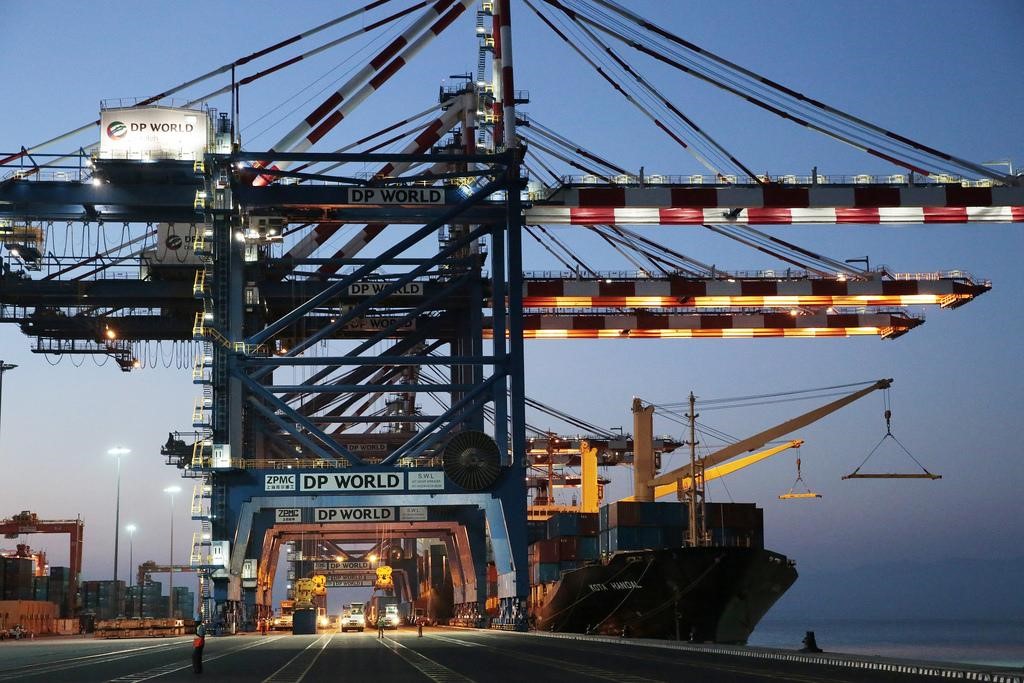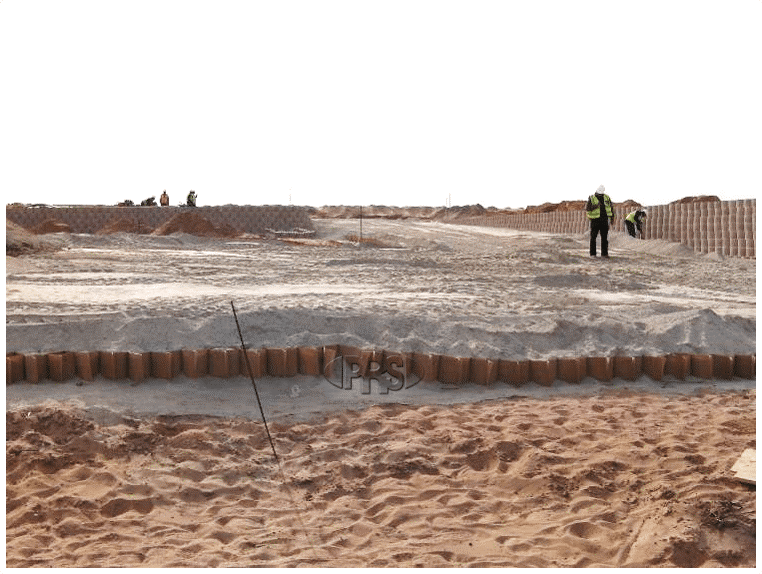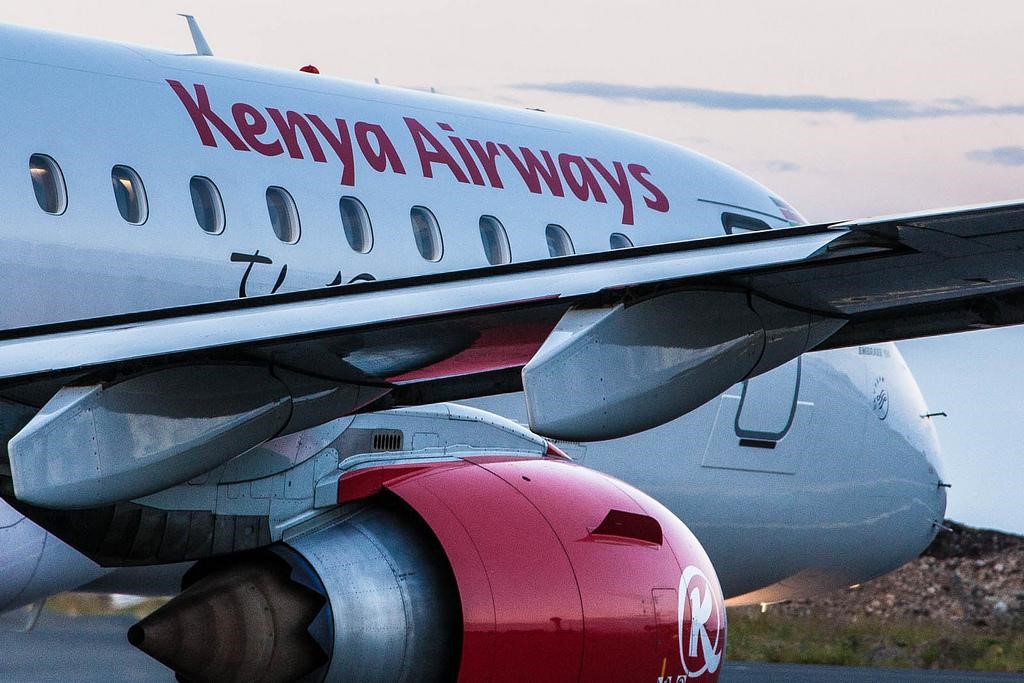With a rapidly growing population of over 1.2 billion people, Africa is a land of massive potential – but one which still faces many challenges. From access to reliable public transport, health care, infrastructure to enable economic development and create jobs, to scientific exploration, we take a closer look at some of the biggest, most successful and most innovative African engineering projects of the last decade.
Ethiopia’s Addis Ababa–Djibouti Railway
With full operations commencing on the 1st of January 2018, Ethiopia’s 752-kilometer Djibouti Railway links the landlocked Ethiopian capital of Addis Ababa with Djibouti, which more than 95% of the country’s foreign trade passes through. With a freight capacity of just under 25 million tons annually, the new standard gauge railway has huge economic significance for Ethiopia and the Horn of Africa in general.

Port of Doraleh, Djibouti
And while operations are currently operated by two Chinese companies, China Railway Group Ltd and China Civil Engineering Construction Corp, local employers are being trained to take over as of 2023. To this end, the Ethiopian Railway Corporation founded the African Railway Academy in Bishoftu to train and graduate rail engineers. The railway has since reduced the journey time between the port and Addis Ababa to 12 hours, down from the previous 3 days, easing congestion and opening up new trade possibilities.
Building mining access roads on sand – Western Cape, South Africa
The sands of Tormin beach in the Western Cape of South Africa are rich in rare, high-quality materials such as zircon – but getting the heavy equipment necessary to extract them back and forth over the soft sand dunes of the area presented a mammoth challenge. The conventional solution would be to bring in large-scale mats to place over the sand, but this proved impractical for several reasons. Heavy and unwieldy, and difficult and expensive to install and maintain, a more permanent solution was needed.
Working together with PRS South Africa, MRC Mineral Commodities and Obsideo Consulting turned to geocells – a technology first developed by the US Army Corps of Engineers for a very similar purpose – to land heavy equipment on the sandy beaches of Vietnam. The technology has come a long way since then, and a single 200 mm high geocell coupled with a composite geotextile and filled in with stone crusher dust proved to be the ideal solution.

After a year of transporting heavy equipment, the sand road showed little sign of degradation, displaying remarkable stability without the need for any further maintenance. In addition, it took just ten weeks to install the required 26,000 square meters of pavement, making use of local labor and local infill, which can be easily removed once the mining operation ends, offering a sustainability advantage too.
Jomo Kenyatta airport terminal upgrade – Kenya
Part of President Mwai Kibaki’s “Kenya Vision 2030” development program, which will also include exciting projects like Konza Techno City, dubbed “where African silicon savannah begins” – the upgrade to the Jomo Kenyatta airport terminal has hit some stumbling blocks, but the vision is still there. With the aim of upgrading the airport to World Class standards and increasing capacity to 18.5 million passengers annually by 2030, plans were also in place to add additional facilities like a transit hotel, retail centers, taxiways and bus parking facilities.
While funding remains a massive challenge for the project, some milestones have since been achieved. In February 2017, the airport was awarded a Category One Status by the Federal Aviation Administration of the United States, allowing direct flights between the US and Nairobi.

Lesotho PPP Queen Mamohato Memorial Hospital
Built to supply clinical and non-clinical health support to over 2 million people, Lesotho’s $100 million Queen Mamohato Memorial Hospital was the result of a public-private partnership between the Lesotho government and South African healthcare provider Netcare. And while the venture has been widely criticized for veiled financials and severely depleting the nation’s health budget, dramatic improvements in medical care have been realized with a 30% increase in the number of patients seen each day, a 65% decrease in pneumonia deaths and a 41% reduction in patient deaths.
SKA – Square Kilometer Array, South Africa

As the world’s largest ever public science data project and radio telescope, all eyes are on Africa as construction on the Square Kilometer Array gets underway. A collection of various types of antennas, SKA will be hundreds of times faster at mapping the skies and will eventually generate data at a speed ten times that of the world’s combined internet traffic today! It will be powerful enough to detect signals emitted in the first one billion years of the universe’s existence and should give us insight into some of the most fundamental questions of science. In July of this year, SKA’s precursor, MeerKAT – a 64-antenna array radio telescope – was launched in the Karoo region of South Africa. MeerKAT has the capacity to process 275 gigabytes of data per second in real time – the equivalent of about 58 DVDs per second!
Related Posts
Hi there! I’m Sethu, your go-to guy for all things tech, travel, internet, movies, and business tips. I love sharing insights and stories that make life more interesting. Let’s explore the world together, one article at a time!











